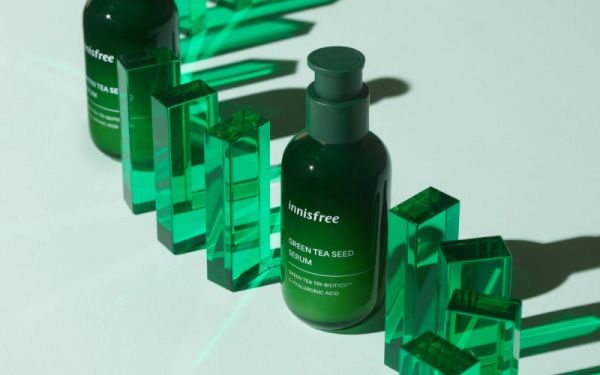It’s the age-old question.
Hydration and moisturisation are two distinct skincare needs, but how do you know which you need? It certainly doesn’t help that the terms are often used interchangeably - adding a little to the confusion. Don’t worry, though. We’ll go through both skin concerns and how to address them together for a better understanding :).
Dehydrated Skin is Thirsty
Dehydrated skin lacks hydration and appears dull and feels tight. If you’ve ever stayed up through the night or been on a plane for more than six hours, you’ll know what I’m talking about. I know my skin is experiencing dehydration when it hurts to make facial expressions. Dehydrated skin can be caused by your environment (hot and dry weather), your lifestyle, or your diet.
Not only does dehydration make your overall complexion look uneven, but your fine lines become more noticeable too. When dehydrated areas begin producing extra sebum to try and moisturise your skin, it may lead to clogged and large pores.
The best thing you can do for dehydrated skin is to drink water. People always think I’m joking when I say that water is my favourite drink, but I’m dead serious. I truly believe there is no beauty product on earth that can do what drinking enough water can do for your skin. So step one is to quench your thirst.
Next up, let’s look for hydrating active ingredients that’ll help you along your quest for more water. A big one is hyaluronic acid which loves to slurp up H2O. It attracts water molecules to increase the overall water content of your skin for better elasticity. You can also look for other humectants (ingredients that can draw in water in the air) like glycerin and aloe vera.
So now that you’ve got all the water you need, how do you hang onto it?

Dry Skin is Unprotected
Flaky skin? Redness? You’re looking at dry skin, inni-friend! What’s happening here is that all the good moisture you’re collecting is being lost through a weak skin barrier. Your moisture barrier is your skin’s first line of defense against external damage and infection. It’s made up of lipids (fat molecules) and can be strengthened by other lipids like ceramide or moisturisers like plant oils like jojoba oil and sunflower oil.
If dryness is a concern for you, I’d also recommend looking out for emollients like squalene which mimic your skin’s natural oils and allow you to better manage your skin’s nourishment and moisture level. Maintaining a strong protective barrier for your skin is like having good locks on your house (i.e. highly recommended).
A simple way to differentiate these terms is to remember that hydration refers to water while moisture refers to oil. When your skin is well hydrated and moisturised, it’ll look smooth, plump, and youthful.

Now you know the difference between hydrating and moisturising your skin, I hope you’ll be able to more quickly identify what’s going on with your skin when it feels off.
Water you waiting for?
Let’s do this!
X
Gi


